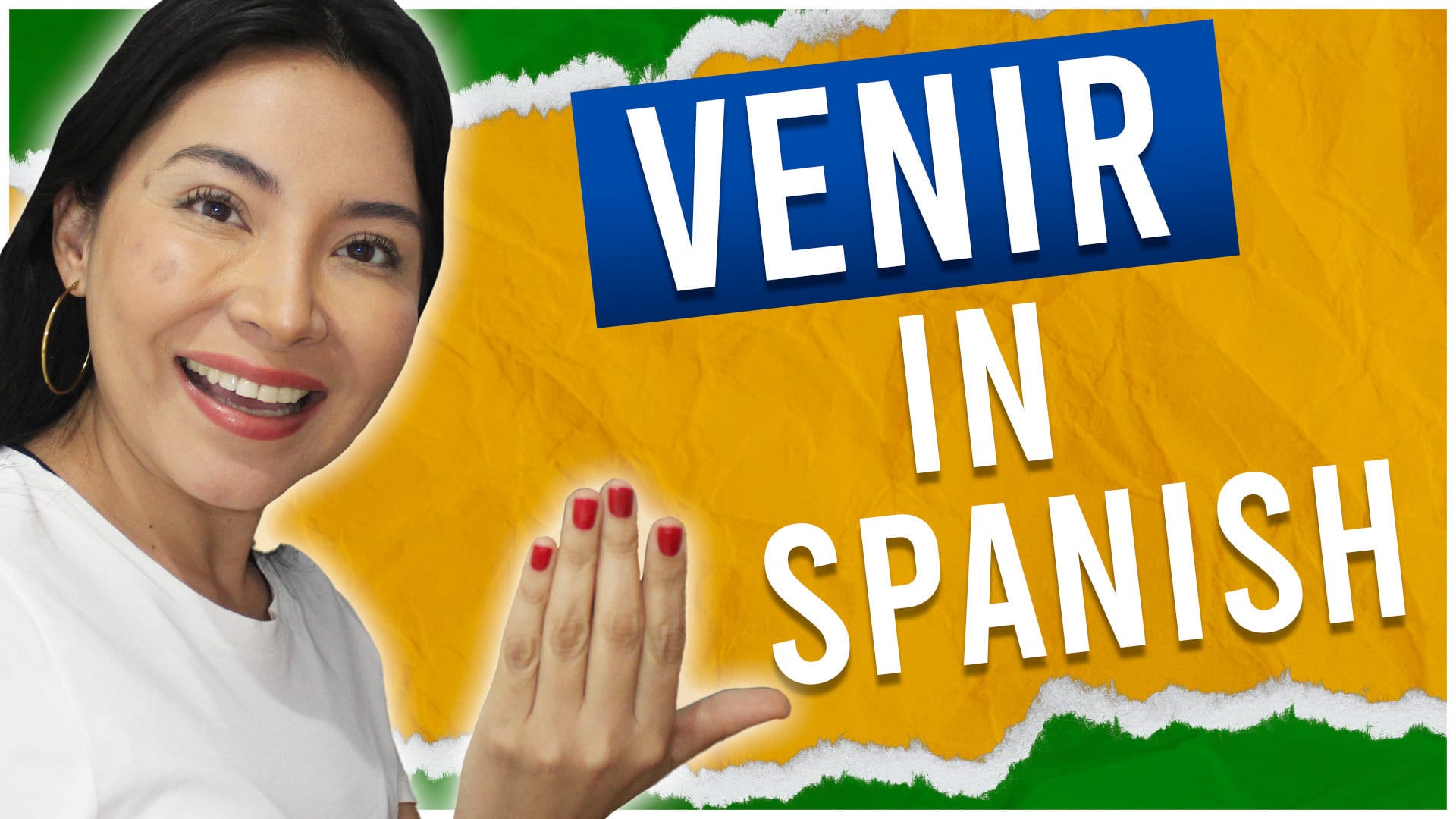Want to discuss your beauty routine in Spanish? This guide unlocks the secrets of “maquillarse,” the verb for putting on makeup. From everyday looks to special occasions, we’ll cover everything you need to know, including conjugations, examples, and cultural insights. Get ready to speak Spanish with confidence and beauty!
Understanding “Maquillarse”
So, you’re ready to conquer the Spanish verb maquillarse? Excellent! This reflexive verb, meaning “to put makeup on oneself,” is essential for discussing beauty routines, special occasions, or simply chatting about makeup. The reflexive nature means the action is always directed back at the subject. Think “I put makeup on myself.”
The key is the stem: maquill. We’ll add different endings to this base, depending on the tense (past, present, future) and the person (I, you, he/she/it, we, you all, they). Think of it like accessorizing a simple outfit – the stem is the base, and the endings dress it up for different occasions.
If you are struggling with the mentir conjugation, then we have got your back. Get to grips with every little detail and nuance of the llamar conjugation with our comprehensive guide.
Key Points for Conjugating “Maquillarse”:
- Stem: Maquill
- Pronoun: “Me,” “te,” “se,” “nos,” “os,” or “se” always included, reflecting the reflexive nature.
- Endings: Determine tense and person.
- Present Tense: Me maquillo (I put on makeup currently)
- Preterite Tense: Me maquillé (I put on makeup in the past)
- Imperfect Tense: Me maquillaba (I was putting on makeup)
- Future Tense: Me maquillaré (I will put on makeup)
- Conditional Tense: Me maquillaría (I would put on makeup)
- Subjunctive Tense (Present): Que me maquille (That I put on makeup)
- Subjunctive Tense (Imperfect): Que me maquillara (That I put on makeup in the past)
- Imperative Tense: Maquíllate! (Put on makeup!)
- Perfect Tenses: Me he maquillado (Present), Me había maquillado (Past), Me habré maquillado (Future)
- Conditional Perfect Tense: Me habría maquillado (Hypothetical past)
- Perfect Subjunctive Tense: Que me haya maquillado (Present), Que me hubiera maquillado (Past)
Conjugation Tables and Examples
These tables provide a quick reference for maquillarse conjugations. They demonstrate how the verb changes depending on who is applying makeup and when.
| Tense | Conjugation | Example (with likely meaning) |
|---|---|---|
| Present | Me maquillo, Te maquillas, Se maquilla, Nos maquillamos, Os maquilláis, Se maquillan | I put on makeup, You put on makeup, He/She puts on makeup, etc. |
| Preterite | Me maquillé, Te maquillaste, Se maquilló, Nos maquillamos, Os maquillasteis, Se maquillaron | I put on makeup (yesterday), You put on makeup (yesterday), etc. |
| Imperfect | Me maquillaba, Te maquillabas, Se maquillaba, Nos maquillábamos, Os maquillabais, Se maquillaban | I used to put on makeup, You used to put on makeup, etc. |
| Future | Me maquillaré, Te maquillarás, Se maquillará, Nos maquillaremos, Os maquillaréis, Se maquillarán | I will put on makeup, You will put on makeup, etc. |
| Conditional | Me maquillaría, Te maquillarías, Se maquillaría, Nos maquillaríamos, Os maquillaríais, Se maquillarían | I would put on makeup (if…), You would put on makeup, etc. |
| Present Subjunctive | Que me maquille, Que te maquilles, etc. | That I put on makeup, That you put on makeup, etc. (often expresses wishes, desires, or uncertainties) |
| Imperfect Subjunctive | Que me maquillara, Que te maquillaras, etc. | That I were to put on makeup, That you were to put on makeup, etc. (used in hypothetical or unlikely situations in the past) |
Examples in Action:
- Me maquillo todos los días para el trabajo. (I put on makeup every day for work.)
- ¿Te maquillas para ir al gimnasio? (Do you wear makeup to the gym?)
- Se maquilla con productos naturales. (She uses natural makeup products.)
Maquillar vs. Maquillarse
Maquillar, without the reflexive pronoun, means to apply makeup to someone else. You typically use the personal pronoun a before the direct object:
- Ella maquilla a su hermana para la boda. (She’s doing her sister’s makeup for the wedding.)
Beyond the Basics: Tips and Insights
Learning conjugations in groups, focusing on similarities in endings, can be helpful. Some research suggests that using verbs in context significantly improves retention. Try creating your own sentences! Describe your routine, plan a night out, or imagine getting ready for a special event.
Don’t be afraid of mistakes! Language learning is a journey. Practice and experimenting with the language is key.
Cultural Context
Makeup practices and perceptions vary across Spanish-speaking cultures. Exploring these differences can enrich your understanding of maquillarse and its social contexts. Some cultures may emphasize natural looks, while others embrace bolder styles.
Ongoing Research
Linguistic research continues to explore how reflexive verbs, like maquillarse, function and evolve. This includes investigating the influence of cultural factors and cognitive processes involved in understanding and using reflexive constructions.
Further Exploration
Consider exploring related vocabulary, such as types of makeup (e.g., el lápiz labial – lipstick, la sombra de ojos – eyeshadow) and actions (e.g., pintarse los labios – to put on lipstick). This will enhance your ability to discuss makeup in detail.
By mastering maquillarse, you’re not just learning a verb, you’re opening a door to deeper cultural understanding and richer self-expression in Spanish. Keep practicing, and enjoy the journey!
- Unlock 6000+ words beginning with he: A comprehensive analysis - April 20, 2025
- Mastering -al Words: A Complete Guide - April 20, 2025
- Master Scrabble: High-Scoring BAR Words Now - April 20, 2025

















2 thoughts on “Maquillarse Conjugation: A Complete Guide (with Examples & Charts)”
Comments are closed.